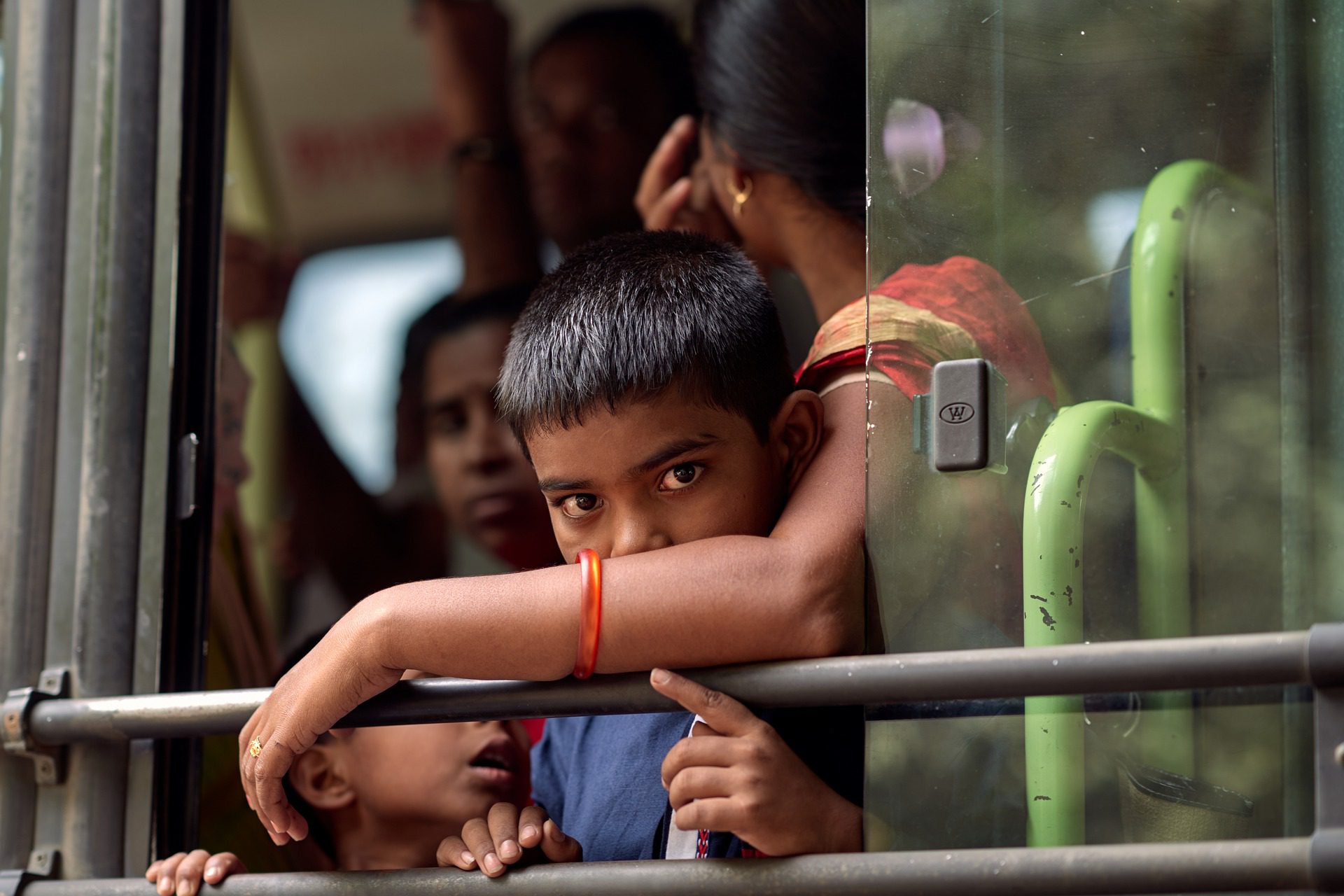
Is Freedom for India’s Children Only a Temporary Respite?
The children traveled on foot. And by train. Desperate to return home to Bihar, the children fled factories in Jaipur, where some had toiled in forced labor. COVID-19 spurred this migration of children in India. Before the pandemic, these children made bangles to adorn the arms of young, Indian brides. But in the wake of the coronavirus, demand for bangles collapsed. The factories shuttered. And the factory owners – who had relied on children’s labor to turn out millions of bangles each year – simply discarded large numbers of children.
Non-governmental organizations in Bihar and Rajasthan, faced with this exodus of children, sought to reunite children with their families. On May 24, advocates waited at Bihar’s railway station to meet 118 children returning from Jaipur. The advocates were shocked to see 1,000 more children arrive. Stunned child advocates learned that factory owners had expelled these children. Suresh Kumar, executive director of Centre Direct, an NGO in Patna that assisted the original 118 children, wrote in an op-ed in the India Times that the children arrived home, terrified they would “be infected by the invisible virus.”
The children returned, some with harrowing accounts of forced labor. As many as 10 million child laborers work in India. Before the pandemic, nearly 50,000 child laborers worked in factories in Jaipur, a single city in Rajasthan. Middlemen lured children from poor rural villages in Bihar, promising education and vocational training. The middlemen sometimes offered money as an advance on the children’s work.
Middlemen transported the children to cities such as Jaipur and Hyderabad, trafficking the children to factory owners for forced labor. Factory owners preferred children because they considered them, some as young as six, easily-controlled labor. Traffickers beat and tortured the children, holding some in bonded labor. Traffickers deprived the children of food and sleep. Some of the children never saw a rupee for their work. Hazardous factory fumes, shattered glass, and dangerous working conditions often left the children ill.
As of August, 2020, COVID-19 had killed 56,706 people in India, infecting more than 3 million. Ironically, the pandemic freed these children. But that freedom may be short-lived. Economic collapse has only increased families’ vulnerability to trafficking. Now more than ever, crushing debt plagues impoverished communities. As India’s economy reopens, experts fear a surge in forced labor. Abha Thorat-Shah, Executive Director of the British Asian Trust, warned that the economic consequences of COVID could “have outsized consequences on the safety and security of children – they might become easier targets for traffickers preying on families who have lost their livelihoods or taken loans they can’t pay back.” Advocates in India are already pointing to an increase in child marriages .
Even before the pandemic, systemic gaps in social security, government entitlements, and education hampered efforts to end forced child labor. Current programs do not provide sufficient assistance to families to reduce their vulnerability. Indian state governments fail to compensate escaped child forced labor survivors.
Advocates are fighting to make the children’s escape from forced labor permanent, not just a short hiatus. Advocates are clear: the government of India must step up. As Amitosh Pareek of the Aasra Foundation, told the Thomson Reuters Foundation, “Without the support, the outcome is obvious – [the children] will be back in the hands of traffickers.”
What can be done? One positive example is the Child Labour Free Jaipur initiative, an alliance of government, businesses, civil society, and funders that works to train police and investigators to prosecute factory owners and middlemen. This accountability is essential – and possible. In the months before COVID-19, the Jaipur courts delivered five convictions, including three life sentences against child traffickers – a first in India. Economic independence is also required. Suresh Kumar and other child advocates have suggested that the government raise income levels of parents of child forced labor survivors and build these children’s skills.
Children who have escaped forced labor in the bangles factories now look to those in power for human rights protections. But if governments do not act, the children who walked to freedom will end up back in the maw of forced labor, once again desperate to escape. These children, and all children, deserve better.
Rachel Rein, a law student at Columbia Law School, served as a summer 2020 legal fellow at the Human Trafficking Legal Center.
